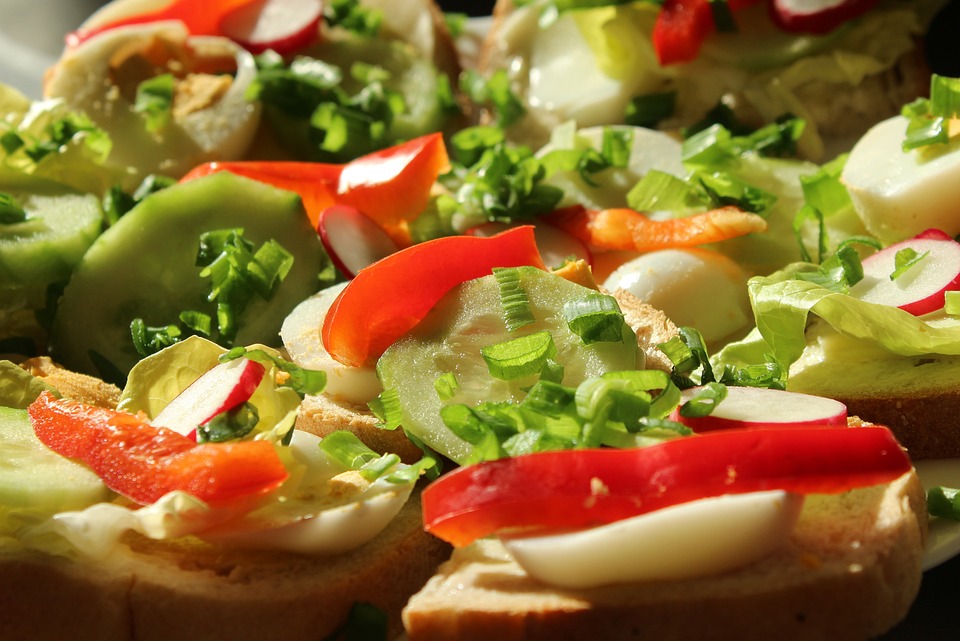
Soy-Free Made Easy: Your Complete Plant-Based Meal Plan
As the popularity of the vegan diet continues to rise, demand for soy-free alternatives is becoming increasingly widespread. Many individuals are allergic to soy or choose to avoid it due to concerns about its effect on hormone balance and overall health. In this article, we’ll explore how to create a comprehensive plant-based meal plan without relying on soy-based products. Whether you’re a seasoned vegan or new to the lifestyle, you’ll find valuable insights and practical tips to help you follow a soy-free diet.
Benefits of a soy-free vegetarian diet
Before we get into the details of this soy-free vegan meal plan, let’s first examine the benefits of this diet. By eliminating soy, individuals can avoid potential allergens and reduce their intake of processed foods. Additionally, some research suggests that high soy consumption may interfere with thyroid function and hormone balance, making a soy-free diet an attractive option for those seeking to improve their health.
Improve allergy management
Individuals with soy allergies often have difficulty finding suitable vegetarian options, as soy is a common ingredient in many meat substitutes and dairy alternatives. By choosing a soy-free, plant-based diet, individuals can reduce the risk of allergies and enjoy a variety of foods without worry.
Reduce your intake of processed foods
Products containing soy are often used as fillers and stabilizers in processed foods, making it difficult for individuals to avoid these additives. By choosing a soy-free, plant-based meal plan, individuals can prioritize whole, unprocessed foods and promote better overall health through a nutrient-dense diet.
Potential hormonal and thyroid health benefits
While research on soy’s effect on hormone balance and thyroid function is ongoing, some individuals may choose to limit their soy intake as a precaution. By choosing a soy-free, plant-based diet, individuals can explore alternative sources of protein and nutrients, which may improve their overall well-being.
Create a balanced, soy-free vegetarian meal plan
When creating a soy-free, vegetarian meal plan, it’s important to prioritize a varied, nutrient-dense diet. By incorporating a variety of plant-based proteins, whole grains, and colorful fruits and vegetables, individuals can enjoy a well-rounded diet that meets their nutritional needs. Here is a breakdown of the main ingredients to consider when planning soy-free vegetarian meals:
Plant proteins
- Quinoa, a complete protein containing all essential amino acids
- Lentils and vegetables are excellent sources of protein and fibre
- Chickpeas are a versatile vegetable that can be used in salads, soups, and dips
Colorful fruits and vegetables
- Leafy vegetables such as spinach, kale, and Swiss chard
- Berries are rich in antioxidants and vitamin C
- Brightly colored peppers and tomatoes
Whole grains
- Brown rice, a high-fiber alternative to white rice
- Quinoa, a gluten-free grain with a complete amino acid profile
- Buckwheat is a nutritious grain that can be used in salads or as a hot cereal
Sample soy-free vegetarian meal plan
To provide a practical example of a soy-free vegan meal plan, let’s outline nutritious and delicious daily meals:
breakfast
Start your day with a hearty breakfast that provides sustained energy and essential nutrients. Think a bowl of creamy oatmeal topped with fresh berries, sliced almonds, and a drizzle of maple syrup. Alternatively, a spinach and mushroom omelet with a side of whole-grain toast makes a satisfying, protein-packed option.
lunch
For a midday meal, choose a colorful, filling salad that contains a mix of leafy greens, assorted vegetables, and a protein-rich item like grilled tempeh or marinated tofu. Pair it with a whole-grain wrap or a serving of quinoa for extra fiber and satiety.
dinner
End your day with a nutritious dinner that includes a mix of plant-based proteins and vibrant vegetables. Stir-fried chickpeas and vegetables over a bed of brown rice make a satisfying and delicious option. Alternatively, a hearty lentil soup accompanied by a side of steamed broccoli provides a comforting and nutritious option.
Embrace soy-free alternatives
While soy is a common staple in many vegan diets, there are many soy-free alternatives available for individuals seeking a vegan lifestyle. From tofu and tempeh alternatives to dairy-free options, there is a variety of products to meet the needs of people with soy allergies or dietary preferences. By exploring these alternatives, individuals can enjoy a varied and satisfying soy-free plant-based diet without compromising taste or nutrition.
Tofu and tempeh alternatives
For individuals looking to replace soy-based tofu and tempeh, there are several alternatives to consider. Companies offer tofu made with chickpeas, beans, or even hemp seeds, and offer soy-free plant-based protein options. Likewise, tempeh substitutes made from black beans or lentils offer delicious, protein-rich alternatives to soy-free diets.
Dairy-free options
Individuals committed to a soy-free, vegan meal plan can explore a wide range of dairy-free products to meet their needs. From almond and oat milk to coconut-based yogurt and cheese, the market offers a range of soy-free alternatives for those looking to enjoy traditional dairy favorites without soy-derived ingredients.
Conclusion
In conclusion, creating a soy-free, plant-based meal plan is achievable and rewarding. By focusing on whole, plant-based foods and exploring soy-free alternatives, individuals can enjoy a varied and nutritious diet without compromising taste or quality. Whether you’re motivated by health concerns, allergies, or personal preferences, adopting a soy-free, plant-based lifestyle can offer a host of benefits and culinary possibilities. With the right approach and a little creativity, you can embark on your soy-free vegan journey with confidence and enthusiasm.

0 Comments